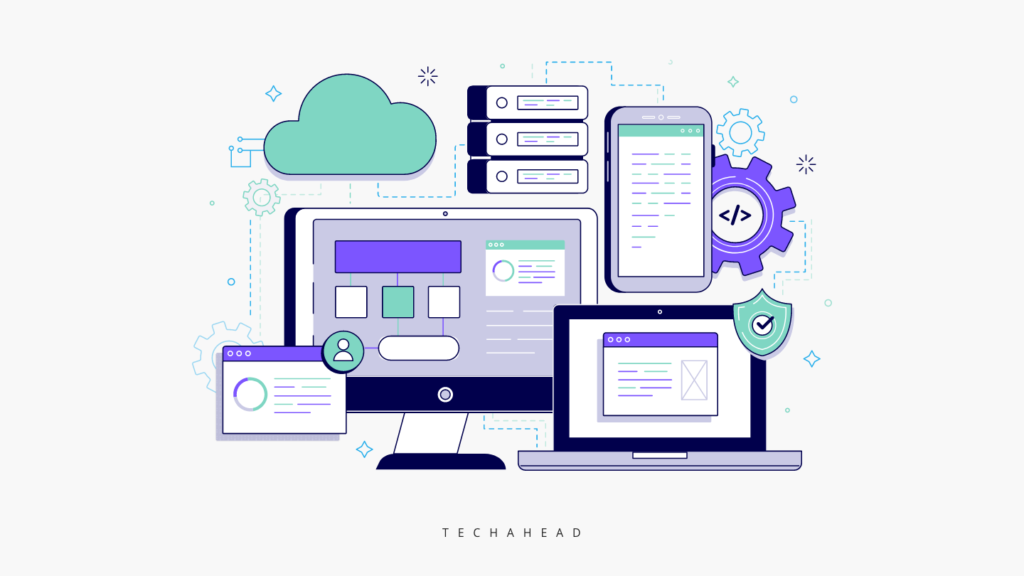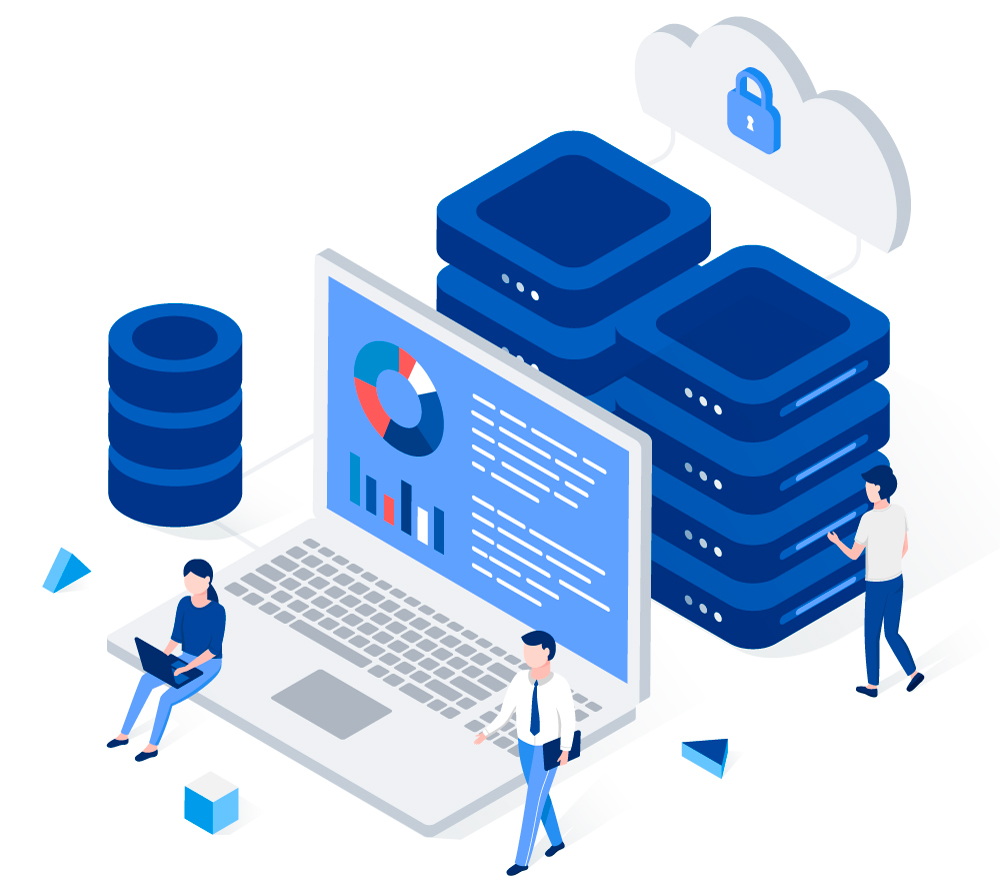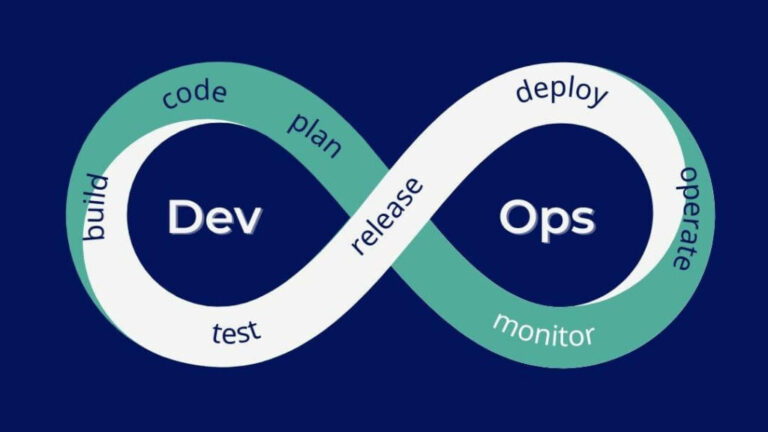UGI Embracing the Cloud Migration & Optimization
- Rust Tech Stack in 2024 For Full Stack Development - July 18, 2024
- What Are PWAs & How They Can Boost Your Small Business - June 27, 2024
- MongoDB vs MariaDB : Which One Your Database Needs? - June 5, 2024
In the digital age, the cloud has revolutionized the way businesses operate, offering unparalleled flexibility, scalability, and efficiency. As organizations strive to stay competitive, understanding the key aspects of cloud technology like migration, native development, optimization, management, and hybrid solutions becomes crucial. This blog delves into these concepts, exploring how they can drive business success.
Cloud Migration: The Journey to the Cloud
Cloud migration involves moving data, applications, and IT processes from traditional on-premises infrastructure to the cloud. This process can be complex but offers significant benefits such as cost savings, enhanced performance, and improved scalability.
Key Steps in Cloud Migration
- Assessment & Planning : Understand your current IT landscape, identify workloads suitable for migration, and define your objectives.
- Choosing the Right Cloud Model : Decide between public, private, or hybrid cloud based on your business needs.
- Data Migration : Transfer your data securely and efficiently, ensuring minimal downtime.
- Application Migration : Move applications to the cloud, which may involve rehosting, refactoring, or rearchitecting.
- Testing and Validation : Ensure that all migrated components function correctly in the cloud environment.
Benefits
- Cost Efficiency : Pay-as-you-go models reduce capital expenditure.
- Scalability : Easily scale resources up or down based on demand.
- Disaster Recovery : Enhanced data backup and disaster recovery capabilities.
Cloud Native Development : Building for the Cloud
Cloud native development involves creating applications specifically designed to operate in cloud environments. These applications leverage cloud benefits such as elasticity, distributed systems, and continuous delivery.

Key Principles
- Microservices Architecture : Build applications as a collection of loosely coupled services that can be developed, deployed, and scaled independently.
- Containerization : Use containers to package applications and their dependencies, ensuring consistent environments across development, testing, and production.
- DevOps Practices : Implement continuous integration and continuous deployment (CI/CD) to streamline development and deployment processes.
Benefits
- Agility : Faster development cycles and quicker time-to-market.
- Resilience : Improved fault tolerance and easier maintenance.
- Efficiency : Optimal resource utilization and reduced operational costs.
Cloud Optimization & Management: Maximizing Cloud Efficiency
Once your workloads are in the cloud, optimizing and managing them effectively is essential to maximize benefits and minimize costs.
Optimization Strategies
- Cost Management : Use tools to monitor and analyse cloud spending, identify cost-saving opportunities, and set budgets and alerts.
- Performance Tuning : Regularly assess and optimize performance metrics to ensure applications run efficiently.
- Automation : Automate routine tasks such as scaling, backups, and patch management to enhance operational efficiency.
Management Best Practices
- Governance : Establish policies and best practices for cloud usage to ensure compliance and security.
- Monitoring and Logging : Continuously monitor cloud resources and maintain logs to detect and address issues promptly.
- Security : Implement robust security measures, including identity and access management, encryption, and regular security audits.
Benefits
- Cost Savings : Avoid overspending and improve return on investment.
- Enhanced Performance : Ensure optimal operation of applications and services.
- Increased Security : Protect sensitive data and maintain regulatory compliance.
Hybrid Cloud Solutions : The Best of Both Worlds
Hybrid cloud solutions combine private and public cloud environments, offering the flexibility to choose the most appropriate infrastructure for each workload.
Key Components
- Integration : Seamlessly integrate on-premises systems with cloud services, ensuring interoperability.
- Orchestration : Use orchestration tools to manage and automate workflows across hybrid environments.
- Data Mobility : Enable smooth data transfer between on-premises and cloud systems.
Benefits
- Flexibility : Run sensitive workloads on private clouds while taking advantage of the public cloud for scalability and cost savings.
- Business Continuity : Ensure high availability and disaster recovery through diversified infrastructure.
- Optimized Performance : Use the right environment for each workload to achieve optimal performance and efficiency.
Challenges
- Complexity : Managing hybrid environments can be complex and require specialized skills.
- Security : Ensuring consistent security across different environments is challenging but crucial.
- Cost Management : Balancing costs between private and public clouds requires careful planning and monitoring.
Conclusion
As businesses navigate the digital transformation journey, leveraging the full potential of the cloud through effective migration, cloud native development, optimization, management, and hybrid solutions is vital. These strategies not only enhance operational efficiency and agility but also position organizations for long-term success in an increasingly competitive landscape. Embrace the cloud, and unlock new opportunities for innovation and growth.









